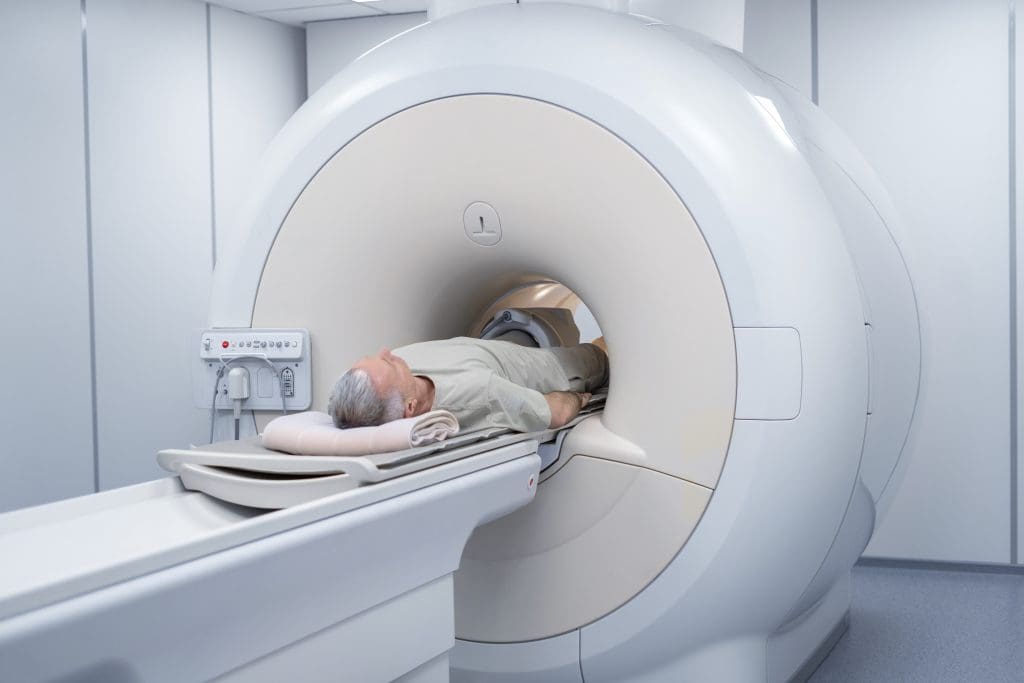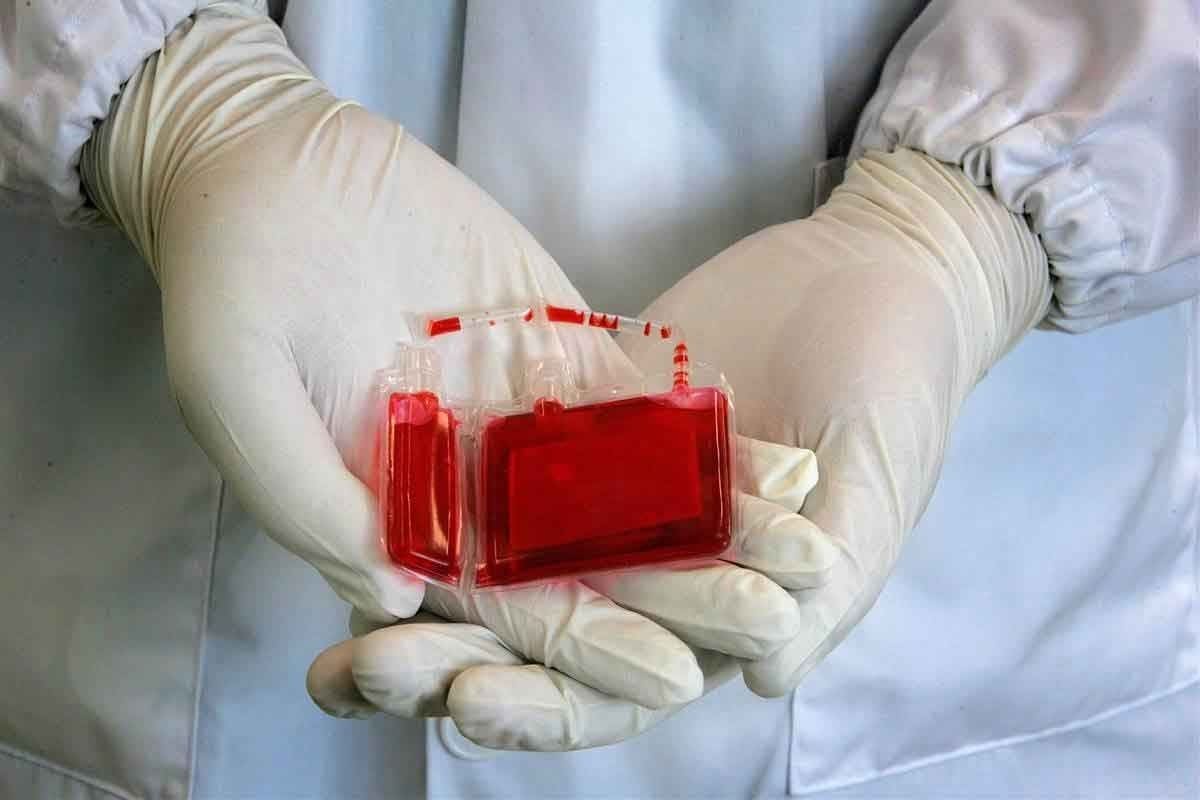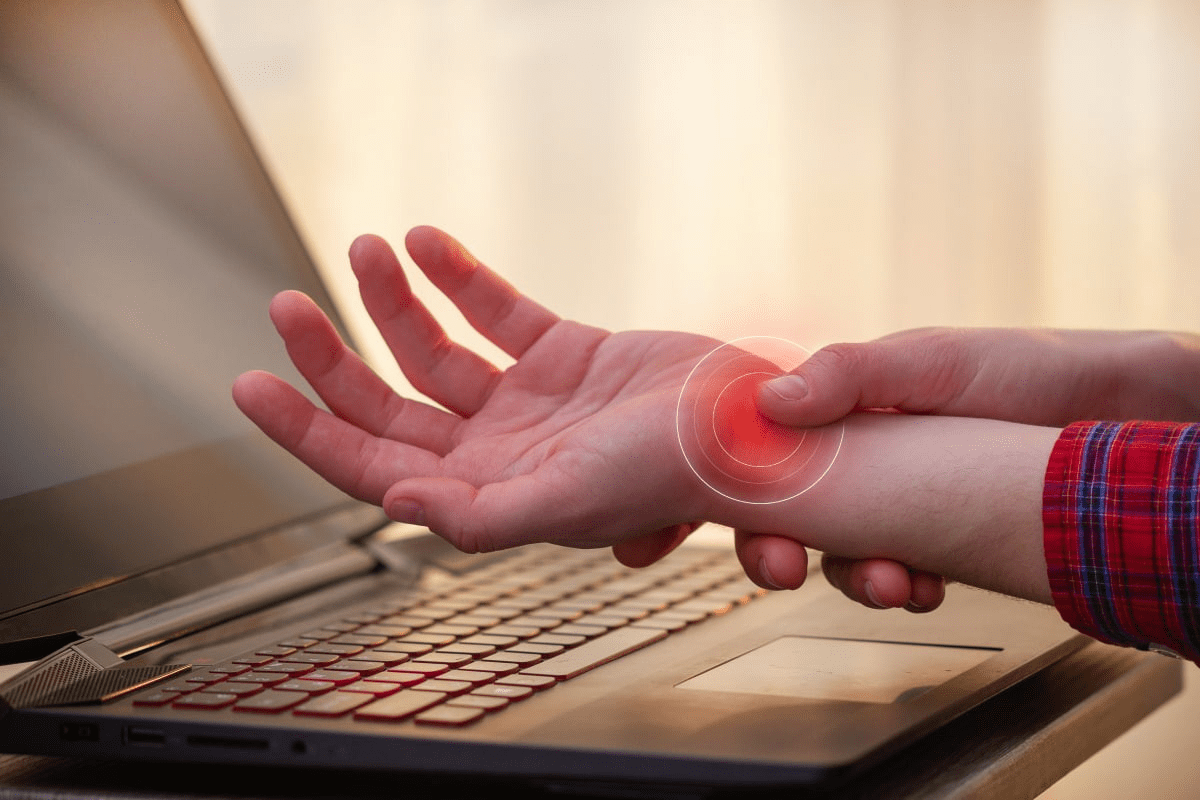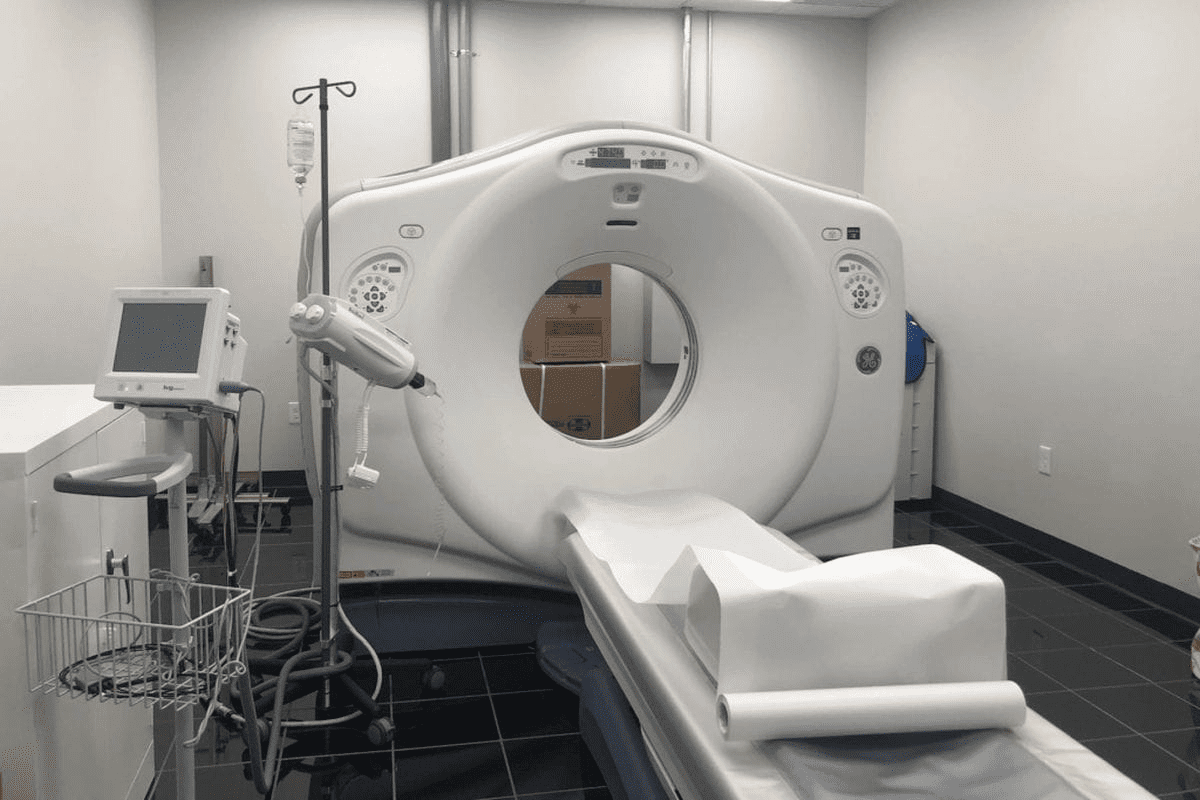Last Updated on November 27, 2025 by Bilal Hasdemir
Nuclear medicine imaging has changed how we diagnose health issues. PET scans are key in finding many health problems. But, you need to prepare properly for the best results.
Many wonder if they can have coffee or caffeine before a PET scan. Caffeine can mess with the scan’s accuracy. This article explains why you should avoid coffee before a PET scan. It will also cover SPECT CT and what you need to do before your scan.

Key Takeaways
- Caffeine can interfere with PET scan results.
- Understanding SPECT CT and its role in diagnostics.
- Imaging preparations are key for accurate results.
- PET scans are vital for detecting various health conditions.
- Following preparation guidelines ensures effective imaging.
The Science Behind PET Scans and Nuclear Medicine Imaging
PET scans have changed the game in nuclear medicine imaging. They give us deep insights into how our bodies work. This tech is key for spotting and treating diseases like cancer and brain disorders.
How PET Scans Work: Tracking Metabolic Activity
PET scans track how active our body’s tissues are. They use a special Fluorodeoxyglucose (FDG) tracer. This tracer goes to cells that are really active, like cancer cells.
This makes those cells show up more on the scan. It’s like a spotlight on the busy areas of our body.
- The patient is injected with a radioactive tracer.
- The tracer accumulates in areas of high metabolic activity.
- A PET scanner detects the tracer’s signals, creating detailed images.
The Role of FDG and Other Radioactive Tracers
FDG is the top pick for PET scans. It’s a sugar molecule with a radioactive tag. This lets it act like regular sugar in our cells.
Other tracers help us see different things, like how much oxygen cells use. This gives us a full picture of how our cells are working.
Which tracer we use depends on what we want to know. For example, Fluorothymidine (FLT) shows how fast cells are growing. Oxygen-15 tells us about blood flow and oxygen use.
Coffee and PET Scans: Why Caffeine is Prohibited
Caffeine can mess with how your body uses glucose, which is important for PET scans. PET scans measure glucose uptake in tissues. Caffeine can mess with this process.
Knowing how caffeine affects the body helps patients prepare for their scans.
Caffeine’s Effect on Glucose Metabolism and Blood Flow
Caffeine changes how your body uses glucose and blood flow. Caffeine can make blood vessels narrow. This can reduce blood flow to some areas.
This change can make PET scan results less accurate.
Caffeine also affects glucose uptake unevenly. It’s key for patients to avoid caffeine for accurate PET scan results.
How Coffee Consumption Can Lead to False Positive Results
Drinking coffee or caffeinated drinks before a PET scan can cause false positives. False positives can cause stress and extra tests. Avoiding caffeine can lower the risk of these errors.
Measuring glucose uptake is key for diagnosing and tracking conditions. Not drinking caffeine is a simple way to make PET scans reliable. Patients should follow their doctor’s advice on what to avoid before the scan.
Complete Dietary Guidelines Before a PET Scan
To get the best results from your PET scan, following certain dietary guidelines is key. A PET scan is a special imaging test that helps doctors find and track health issues. What you eat before the scan can affect how accurate the results are.
The Low-Carb Preparation: Foods to Avoid 24-48 Hours Before
In the 24 to 48 hours before your PET scan, stay away from foods high in carbs and sugar. This is because the scan uses a special tracer that works with glucose. Eating foods with lots of carbs can mess up how the tracer works, making the scan less accurate.
Some foods to skip include:
- Sugary drinks and foods
- Refined grains like white bread and pasta
- Fruits and fruit juices, specially those with lots of sugar
- Starchy vegetables like potatoes and corn
By avoiding these foods, you help make sure your body is fasting. This is the best state for the PET scan.
Recommended Protein-Rich Foods and Hydration Guidelines
It’s also important to eat protein-rich foods and drink plenty of water. Protein helps keep your energy up without raising your blood sugar too much.
| Food Category | Recommended Foods |
| Protein-rich foods | Chicken, fish, eggs, tofu |
| Vegetables | Leafy greens, broccoli, cauliflower |
| Hydration | Water, unsweetened tea, black coffee |
Drinking water is very important. Stick to water or other low-calorie drinks. Try to avoid sugary drinks and too much caffeine.
Medications to Avoid Before PET Scans
Some medicines can change how a PET scan works. It’s key to check your meds list before a PET scan. Knowing which ones to skip or change is important for getting right results.
Insulin, Steroids, and Other Medications That Affect Results
Some drugs can really mess with PET scan results. For example, insulin can change how glucose is used, which might mess up the scan’s tracer. Also, steroids can change how active cells are and how much inflammation there is, which can be seen wrong on the scan.
Other drugs that might need to be changed or skipped include:
- Certain antidepressants
- Some antibiotics
- Drugs that change blood sugar levels
| Medication Type | Potential Effect on PET Scan | Recommended Action |
| Insulin | Alters glucose metabolism | Adjust dosage or timing |
| Steroids | Influences inflammation and metabolic activity | Consult doctor about possible changes |
| Certain Antidepressants | May affect tracer uptake | Talk to your healthcare provider |
Communicating with Your Healthcare Team About Medication Management
Talking well with your healthcare team is key for managing meds before a PET scan. You should give them a full list of your meds, including how much and how often you take them.
It’s important to share any concerns or questions with your doctor. They can tell you which meds to keep taking, change, or stop before the scan. This helps make sure your PET scan results are as accurate as they can be.
Understanding SPECT CT: Technology and Clinical Applications
SPECT CT is a big step forward in nuclear medicine. It mixes functional and anatomical imaging. This combo uses Single Photon Emission Computed Tomography (SPECT) and Computed Tomography (CT). It gives a detailed look at the body’s inside and how it works.
What is Single Photon Emission Computed Tomography?
Single Photon Emission Computed Tomography (SPECT) is a way to see inside the body. It uses a tiny bit of radioactive tracer. This tracer sends out gamma rays that the SPECT scanner picks up.
This lets us make detailed, three-dimensional pictures of where the tracer is in the body. It’s great for checking how organs work, finding tumors, and seeing if diseases have spread.
Key Features of SPECT:
- Functional imaging capabilities
- Ability to detect gamma rays emitted by radioactive tracers
- Three-dimensional imaging for a full view
The Integration of Functional and Anatomical Imaging in SPECT CT
SPECT CT combines SPECT with CT. This means we get both functional and anatomical info at the same time. This combo makes diagnoses more accurate by showing the body’s inside and how it works.
Benefits of SPECT CT include:
| Benefit | Description |
| Enhanced Diagnostic Accuracy | Combining functional and anatomical imaging improves the detection and characterization of diseases. |
| Improved Localization | CT scans help to precisely localize functional abnormalities detected by SPECT. |
| Better Treatment Planning | The detailed info from SPECT CT helps make better treatment plans. |
Comparing PET Scans and CT Scans: Fundamental Differences
It’s important to know the differences between PET scans and CT scans. Both are key in medical imaging but serve different purposes. They offer unique benefits to patients and doctors.
PET scans look at how the body’s cells work. They show how tissues and organs function. CT scans, on the other hand, give detailed pictures of the body’s structure.
Metabolic vs. Anatomical Imaging: How They Complement Each Other
PET scans are great for cancer because they show how active tumors are. They help find cancer, see how treatments work, and spot when cancer comes back. CT scans, with their detailed pictures, help doctors see the body’s layout and find problems.
Using both PET and CT scans together gives a clearer picture of what’s going on inside the body. For example, PET/CT scans mix the body’s activity from PET scans with the detailed pictures from CT scans. This makes diagnosing better.
Key benefits of combining PET and CT scans include:
- Improved diagnostic accuracy
- Enhanced tumor staging and assessment
- Better monitoring of treatment response
Clinical Scenarios: When Doctors Choose PET vs. CT vs. SPECT CT
Doctors pick PET, CT, or SPECT CT based on what they need to know. PET scans are often used for cancer because they show how active tumors are. CT scans are good for looking at injuries, finding blood vessel problems, and guiding biopsies.
SPECT CT combines Single Photon Emission Computed Tomography with CT. It’s great for certain tests like bone and heart imaging.
- PET scans are preferred for assessing metabolic activity and cancer staging.
- CT scans are ideal for detailed anatomical imaging and detecting structural abnormalities.
- SPECT CT is beneficial for specific nuclear medicine applications, including bone and cardiac imaging.
In conclusion, knowing the differences between PET, CT, and SPECT CT scans is key. It helps doctors choose the best imaging for each case. This leads to better care and outcomes for patients.
The Evolution of Hybrid Imaging: PET/CT and SPECT/CT Advantages
Hybrid imaging has changed how we diagnose diseases, making patient care better. Modalities like PET/CT and SPECT/CT mix different imaging types. This mix gives a clearer view of diseases, helping doctors make better treatment plans.
How Fusion Imaging Improves Diagnostic Accuracy
Fusion imaging, found in PET/CT and SPECT/CT, blends functional data with detailed images. This blend makes diagnosis more accurate. For example, in cancer, PET/CT spots tumors and checks their activity, key for treatment planning.
This method cuts down on mistakes seen in single imaging types. It lets doctors pinpoint disease areas and see how widespread it is.
Case Studies: Clinical Benefits of Combined Imaging Technologies
Many studies show PET/CT and SPECT/CT’s benefits. In heart care, they help figure out if heart muscle can recover. For brain diseases, they offer insights into brain function and structure.
| Imaging Modality | Clinical Application | Benefits |
| PET/CT | Oncology, Cardiology | Improved tumor staging, assessment of myocardial viability |
| SPECT/CT | Neurology, Infection Imaging | Enhanced diagnosis of neurodegenerative diseases, localization of infections |
The table above shows the main uses and benefits of PET/CT and SPECT/CT. It highlights their wide range of applications and their importance in healthcare.
Complete Preparation Guide for Your Nuclear Medicine Scan
To get the most out of your nuclear medicine scan, it’s key to follow a detailed preparation guide. Proper preparation ensures the scan gives accurate and reliable results. These results are vital for diagnosis and treatment.
48 Hours Before: Diet, Medication, and Activity Guidelines
48 hours before your scan, follow specific dietary guidelines. Avoid foods high in sugar and carbs, as they can skew the scan’s results. Some medications might need to be adjusted or stopped; check with your healthcare provider. Also, steer clear of strenuous activities that could affect your metabolism or blood flow.
Dietary Recommendations: Eat more protein and drink lots of water. Skip caffeinated drinks and foods that could cause allergic reactions or interact with the tracer.
24 Hours Before: Final Preparations and Restrictions
24 hours before the scan, keep following the dietary and medication advice from your healthcare team. Also, avoid any procedures with contrast agents, like some CT scans or MRI exams, as they can mess with the nuclear medicine scan.
Important: Tell your healthcare provider about any recent medical procedures, allergies, or sensitivities. This ensures your safety during the scan.
Day of Scan: What to Expect During the Procedure
On the day of the scan, arrive early at the radiology department. You’ll get the radioactive tracer and then undergo the scan. The procedure is usually painless, but you might feel some discomfort from staying very quiet.
During the Scan: Stay calm and listen to the radiology staff’s instructions. The scan will capture detailed images of your body’s metabolic activity. This helps your healthcare team diagnose and treat your condition well.
Personal Care Before Imaging: Showering, Clothing, and Other Considerations
Getting ready for a PET scan is more than just what you eat. It also means taking care of personal hygiene. Knowing these steps can make your scan go smoothly.
Can You Shower Before a PET Scan? Hygiene Guidelines
Yes, you can shower before a PET scan. But, there are some rules to follow. It’s okay to shower as you normally do. Just don’t use lotions, creams, or deodorants that might mess with the scan.
These products can sometimes mess with the scan’s results. It’s also best to avoid putting any creams or medications on your skin where the scan will be. If you have open wounds or skin issues, tell your doctor first. They’ll give you special instructions.
What to Wear and Bring to Your Imaging Appointment
For clothes, wear something comfy and loose. Avoid anything with metal. This is because metal can cause problems with the scan images. Plus, wear something easy to take off if you need to change into a gown.
Don’t forget to bring important documents and items to your scan. You’ll need your ID, insurance, and any medical records. It’s also smart to bring a list of your meds and any questions for your doctor.
By following these tips, you can make sure your PET scan goes well. This helps get the best results for your health care.
Interpreting Results: Normal vs. Abnormal Findings in Nuclear Medicine
Understanding your nuclear medicine scan results is key for correct diagnosis and treatment plans. These scans, like PET scans and SPECT CT, show how your body works and its structure.
Healthcare experts look at how radioactive tracers are taken up by tissues. This helps them tell normal from abnormal findings. It’s vital for spotting diseases and checking how treatments are working.
Understanding SUV Values and Uptake Patterns in PET Scans
In PET scans, the Standardized Uptake Value (SUV) shows how much radioactive tracer, like FDG, is taken up. Higher SUV values often mean more glucose use, which is common in cancers.
Uptake patterns are also important. Uniform uptake in some organs is normal, but uneven or focal uptake might mean something’s off. Experts look at these patterns along with the patient’s history and other scans.
How Radiologists Analyze SPECT CT Images
SPECT CT combines SPECT’s function with CT’s anatomy. Radiologists study these images to see how the tracer is spread out in the body. This mix of function and anatomy makes diagnoses more accurate.
When checking SPECT CT images, experts search for specific tracer uptake patterns. For example, in bone scans, high uptake might show bone metastases or other issues. The CT part helps pinpoint these problems.
| Imaging Modality | Key Features | Clinical Applications |
| PET Scan | SUV values, uptake patterns | Cancer diagnosis, treatment monitoring |
| SPECT CT | Tracer distribution, anatomical correlation | Bone disorders, infection, inflammation |
Finding Quality Imaging Centers: University Radiology and Specialized Facilities
When you need a nuclear medicine scan, it’s important to choose a good imaging center. The center’s quality affects how accurate your scan results will be.
Accreditation and Technology: What Makes a Superior Imaging Center
Look for centers with the right accreditation. Places like the American College of Radiology (ACR) check if they meet high standards. They make sure the equipment, staff, and procedures are top-notch.
Having the latest technology, like SPECT/CT scanners, is also key. It helps get clear and detailed images.
Questions to Ask When Choosing a Facility for Your Nuclear Medicine Scan
When picking an imaging center, ask some important questions. Find out if they’re accredited. Ask about their technology, like SPECT/CT scanners. Also, check the qualifications of the staff.
Make sure the place is clean and well-kept. This shows they care about their work environment.
- Check for accreditation from recognized bodies.
- Inquire about the technology and equipment used.
- Ask about the experience of the staff.
By asking these questions, you can find a center that offers a high-quality scan. This leads to better diagnoses and treatment plans.
The Future of SPECT CT and Nuclear Medicine Imaging
Medical technology is getting better, and SPECT CT and nuclear medicine imaging are leading the way. New technologies are coming that will make diagnosing diseases more accurate and care better for patients.
New SPECT CT equipment will be more sensitive and clear. This is key for catching diseases early and seeing if treatments work. Next-generation SPECT CT scanners will give doctors clearer images, helping them make better diagnoses.
Next-Generation SPECT CT Equipment and Techniques
New SPECT CT tech includes cadmium-zinc-telluride (CZT) detectors. They are more sensitive and give better images than old detectors. Also, new algorithms are making images clearer and less noisy, helping doctors diagnose better.
Another big step is personalized medicine with SPECT CT. It lets doctors tailor scans to each patient. This makes diagnoses better and cuts down on radiation.
Artificial Intelligence and Machine Learning in Diagnostic Imaging
Artificial intelligence (AI) and machine learning (ML) are changing nuclear medicine. AI can spot things in images that humans miss. This means doctors can make more accurate diagnoses and help patients more.
ML is creating predictive models for disease. These models look at SPECT CT scans to find high-risk patients. AI also helps with tasks like image analysis, letting doctors focus on tough cases.
The future of SPECT CT and nuclear medicine looks bright. With new research and tech, diagnosing will get even better. We can expect more cool uses of SPECT CT and other tech in medicine.
Conclusion: Ensuring Optimal Results from Your Medical Imaging
Getting ready and knowing about medical imaging tech is key for the best PET scan or SPECT CT results. Follow the tips in this article to make sure your imaging goes well.
Learning about PET scans and nuclear medicine helps a lot. Also, knowing what to eat and manage your meds can make your results more accurate. Choosing a top-notch imaging center with SPECT CT means your diagnosis is in safe hands.
Medical imaging keeps getting better with new tech and AI. Staying up-to-date with radiology news helps you make smart choices for your health. This way, you get the most precise diagnosis.
Being ready and informed about your imaging can lead to the best results. This is the first step towards effective treatment and care.
FAQ
What is a PET scan and how does it work?
A PET scan uses a radioactive tracer to see how active cells are in the body. It injects a small amount of radioactive material, like FDG, into your blood. This material is then absorbed by cells.
Why can’t I drink coffee before a PET scan?
Caffeine can mess with how cells use glucose and blood flow. This might make PET scans show false positives. So, it’s best to avoid coffee and other caffeinated drinks before your scan.
What foods should I avoid before a PET scan?
Before a PET scan, eat a low-carb diet for 24-48 hours. Stay away from foods high in sugar, carbs, and fiber. Your healthcare team will tell you what protein-rich foods to eat and how much water to drink
Can I take my medications before a PET scan?
Some medicines, like insulin and steroids, can affect PET scan results. Always talk to your healthcare team about your meds. They’ll tell you what to do.
What is SPECT CT and how is it used?
SPECT CT combines functional and anatomical imaging. It’s used to diagnose and monitor many medical conditions. It gives detailed info on metabolic activity and body structure.
What is the difference between a PET scan and a CT scan?
PET scans track metabolic activity, while CT scans show detailed body images. PET scans help diagnose and monitor cancer, neurological disorders, and heart disease. CT scans are used for more general purposes, like in emergency medicine.
Can I shower before a PET scan?
Advances in SPECT CT and the use of artificial intelligence and machine learning will improve nuclear medicine imaging. This will lead to better diagnostic accuracy and patient care.
What is the future of SPECT CT and nuclear medicine imaging?
Advances in SPECT CT and the use of artificial intelligence and machine learning will improve nuclear medicine imaging. This will lead to better diagnostic accuracy and patient care.
How do I interpret the results of my nuclear medicine scan?
Understanding PET scan results and SPECT CT images needs expertise. Your healthcare team will explain your results to you. They’ll discuss what the findings mean.
How do I find a quality imaging center for my nuclear medicine scan?
Look for imaging centers with accreditation and modern technology. Ask about their equipment, staff, and patient care. This ensures you get top-notch imaging services
The PET scanner picks up the radiation from the tracer. It creates detailed images of how active your cells are.
Why can’t I drink coffee before a PET scan?
Caffeine can mess with how cells use glucose and blood flow. This might make PET scans show false positives. So, it’s best to avoid coffee and other caffeinated drinks before your scan.
What foods should I avoid before a PET scan?
Before a PET scan, eat a low-carb diet for 24-48 hours. Stay away from foods high in sugar, carbs, and fiber. Your healthcare team will tell you what protein-rich foods to eat and how much water to drink.
Can I take my medications before a PET scan?
Some medicines, like insulin and steroids, can affect PET scan results. Always talk to your healthcare team about your meds. They’ll tell you what to do.
What is SPECT CT and how is it used?
SPECT CT combines functional and anatomical imaging. It’s used to diagnose and monitor many medical conditions. It gives detailed info on metabolic activity and body structure.
What is the difference between a PET scan and a CT scan?
PET scans track metabolic activity, while CT scans show detailed body images. PET scans help diagnose and monitor cancer, neurological disorders, and heart disease. CT scans are used for more general purposes, like in emergency medicine.
Can I shower before a PET scan?
Yes, you can shower before a PET scan. But, follow the hygiene guidelines your healthcare team gives you. This ensures the best results.
How do I interpret the results of my nuclear medicine scan?
Understanding PET scan results and SPECT CT images needs expertise. Your healthcare team will explain your results to you. They’ll discuss what the findings mean.
How do I find a quality imaging center for my nuclear medicine scan?
Look for imaging centers with accreditation and modern technology. Ask about their equipment, staff, and patient care. This ensures you get top-notch imaging services.
What is the future of SPECT CT and nuclear medicine imaging?
Advances in SPECT CT and the use of artificial intelligence and machine learning will improve nuclear medicine imaging. This will lead to better diagnostic accuracy and patient care.







